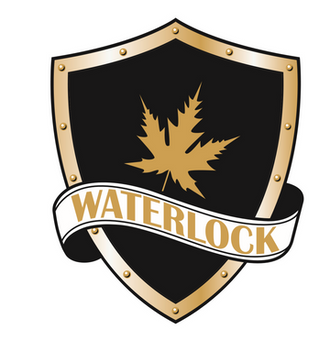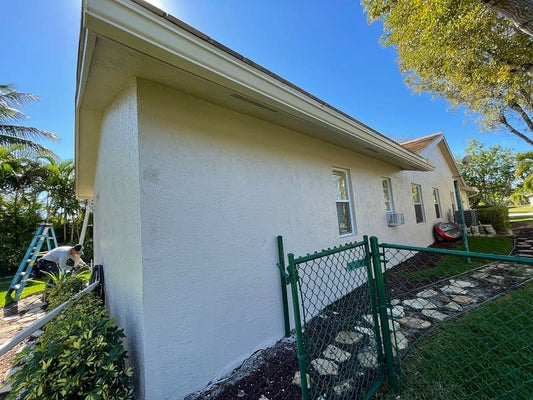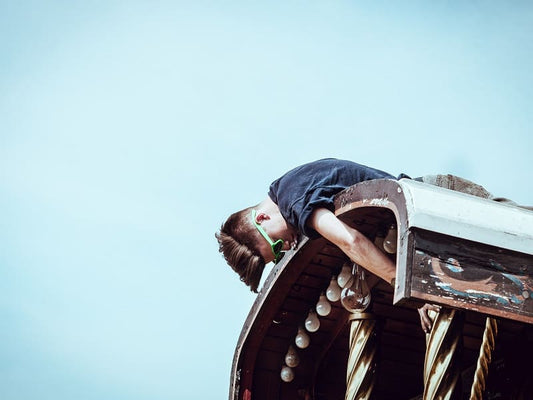
Learn How to Keep Birds Out of Gutters |Art of Gutter
How To Keep Birds Out Of Gutters
How to keep birds out of my gutters? is a frequently asked question. Upon entering your roof guttering, pest birds such as Indian Mynas and Starlings will leap through the holes to find a path beneath the metal sheeting and lower row of tiles. The eaves space serves as a cave-like shelter, which is why these pest birds will construct their nest there. It is rare for pest birds to really build their nest in the gutter because it is a flood zone without any above cover. Different kinds of birds may choose to make your home their home throughout the bird nesting season. Birds will build their nests in wall cavities, roof eaves, gutters, and, most frequently, roof cavities.
Let's take a look to see how to keep birds out of your gutters!
1. Attach a Fake Predator To Your Roof
Traditionally, keeping a sentinel at the gate has been the best strategy to prevent most birds from landing on your roof. One effective deterrent is to fasten a dummy predator along the eaves on the front and back of your home's roof. Although hawks, eagles, and other comparable birds of prey can be used as decoys, owls are the most commonly used decoys in residential areas. When owls are around, most birds get scared, especially seagulls, who get afraid even when they see an owl face on a balloon. These arrogantly positioned decoys look really good from an aesthetic standpoint as they guard your home's facade.
The only drawback is that, as crows are among the most intelligent birds, you might eventually find that they have worked out your decoy strategy.
2. Bird Repelling Ribbons
Attach a holographic ribbon around the corner of your eaves or your old oak tree. High-sheen ribbons are a popular and humane approach to tell birds "no trespassing" by bouncing 3D colours and images off of them when natural light hits them. Flyers are alarmed by this visual presentation. Even in the slightest wind that sweeps through your yard, these ribbons release a noise that annoys their sensitive ears—not yours. Holographic ribbons work well against woodpeckers, pigeons, crows, gulls, and any other feathered creatures in between. Official bird-repellent ribbons can be purchased at any nearby home and garden store, so there's no need to grab them off your seven-year-old's bike handlebar grips.
3. Bird Repelling Sounds And Scents
The question of whether there is a particular smell that can reliably deter birds from arriving on your property still needs to be answered. Some gel-like materials are available at your neighbourhood hardware store, but their constituents often contain dangerous compounds. It's not ideal if you want to use aroma to ward off birds gently. There are natural ways to use scent to deter birds from your gutters; these include spraying the branches closest to your gutters with garlic oil, combining ground chilli peppers with water, and applying garlic oil.
But be careful—while it could deter birds, it might also make you feel more hungry! To deter birds and other pests, you can install small speaker systems discreetly next to your gutters. These systems create sound waves that are only audible to birds. You may easily get these sound systems in any home and garden store that is closest to you.
4. An Attacking Spider Army
This is what you're reading accurately. And it really is, as amazing as it sounds. Bird spiders are, in fact, mechanical installations that, upon detecting the presence of birds (and other critters) in the vicinity, instantly expel spider-like legs from the system, thereby frightening away birds—and any other passing creatures, for that matter. There are bird spiders that are merely mechanical, which are less entertaining but more effective, and those that are more humorous, like real spiders that can be used for Halloween. A word of caution: don't actually ask the person selling home and garden supplies for an army of assault spiders.
5. Make Bird Slopes
Bird slopes, often called slides, are slick PVC (or occasionally aluminium) panels that can be angled and placed at all ninety-degree corners, which are prime locations for bird nests. They keep birds from perching comfortably on the gutter's surrounding nooks and crevices. These panels will fit seamlessly into your home's exterior architecture, complementing the appearance of the majority of gutter systems.
6. Install Gutter Guards
Installing mesh or solid screens or guards, which act as a cap to keep birds out of your gutters in the first place, is the last and most efficient approach to stop them from actually establishing a nest inside of them. Gutter guards are available for almost all gutter system makes and models.
It's important to remember that, before using any of the measures mentioned earlier, you should clean and fix your gutters as needed to make sure that your system is not welcoming to flying insects and the extra detritus they bring with them.
Signs Of Bird Invasion
There are several clues that birds have taken over your home. The following are the most prevalent signs:
- Clogs drains and gutters with nesting materials or feathers.
- An increase in bird droppings on the verandas, walls, roofs, and other flat areas of the property.
- Noticing that even after cleaning your home, there is a strong, disagreeable smell that persists.
- Seeing scratches on your home's roof or walls.
- Observing sounds, frequently the loud cries or chirrups of baby birds.
- Observing nesting materials inside the roof or on the property's grounds.
- Observing that the uncovered trash is broken, scavenged, and strewn all over the property
Best Reasons To Keep Your Home Bird-Proof
- The presence of numerous parasites and diseases that can spread to humans is a major health risk associated with bird droppings and nesting material.
- Bird droppings' acidic composition corrodes or deteriorates metal, leaving your property permanently stained and dis-coloured.
- Properties' physical structures may sustain physical harm as a result of birds' nesting habits.
- A rise in the infestation of lice and mites.
- Feathers and nesting material clog gutters, valleys, and drains, necessitating ongoing upkeep and cleaning to prevent water damage.
- Nesting materials and feathers clog gutters and accumulate stagnant water, creating bug breeding grounds.
- Increased upkeep and cleaning of food scraps, nesting materials, and regular droppings.
- As they scavenge for food, they can leave behind a significant mess and harm open waste sites.
Final Thoughts
In conclusion, the use of deterrents such as ribbons, sound systems, and imitation predators is necessary to effectively prevent birds and their nests from entering gutters, including the particular concern of how to keep birds nests out of gutters. It's critical to recognize the warning signs of bird invasion to avoid property damage and health hazards. In the end, bird-proofing your house ensures a tidy, risk-free atmosphere and increases the lifespan of your asset.







